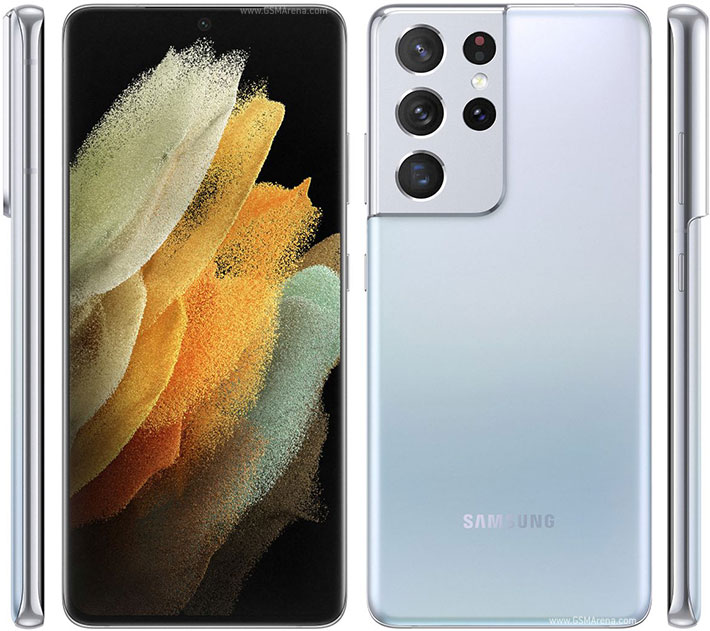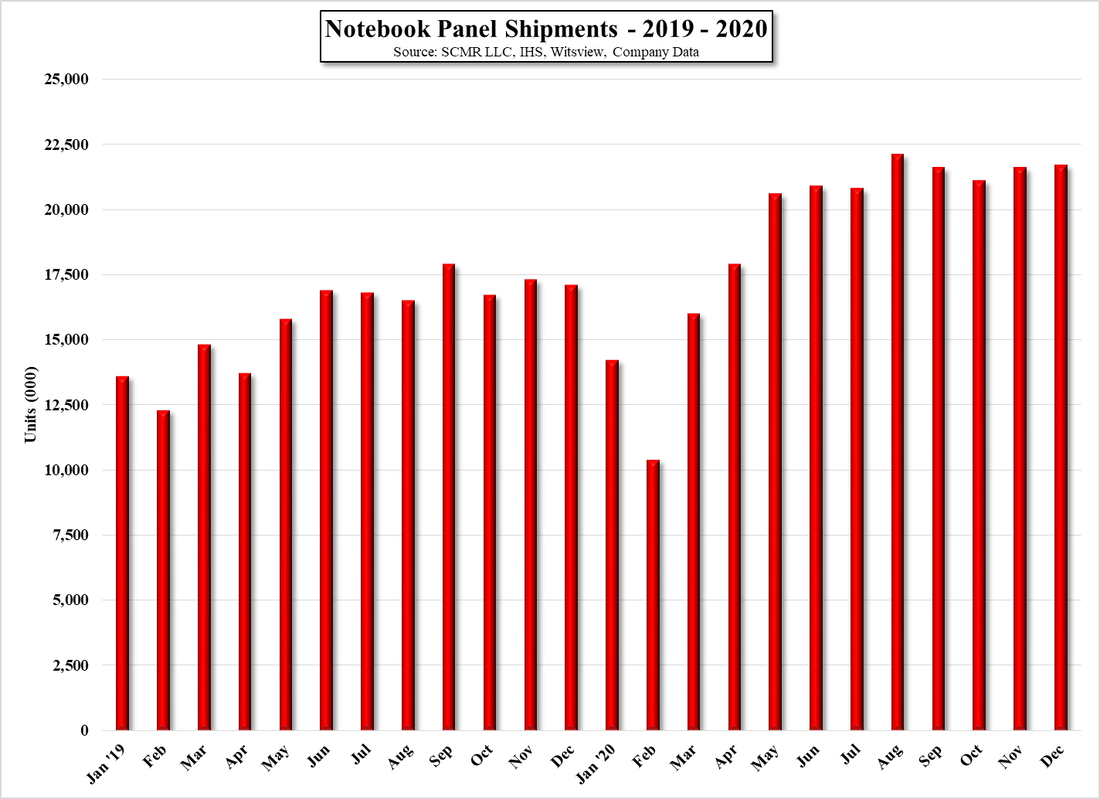BOE Really Goes 8K
As it turns out, NHK, the viewer sponsored Japanese broadcasting service, has been broadcasting an 8K channel 12 hours a day since the end of 2018, and has broadcast many live sporting events, although we do give credit to BOE for providing the 98” display that Japanese viewers used to watch the 2016 Olympics that were shown in 8K. That said, there is a nuance with the BOE collaboration that does set it apart from others, and that is the use of 5G, which it intends to use to transmit live location feeds to the broadcast facility, another ‘glorious’ success for Chinese technology, as they put it.
Not that we want to rag on 8K TV, as each step toward more realistic imaging is certainly to be respected, but we do take a step back before we call for consumers to embrace 8K TVs, but before we say a word about 8K content, we note that last year only ~23% of TV sets in the US had 4K capabilities and that 4K content is still spotty. As with 8K, TV brands will tell you that their ‘upscalling technology’, which includes AI and as many other buzzwords as possible, will make even old HD content look better. In fact what it does do is fill in the missing pixels that expanding an HD image to 4K creates. It cant ‘create’ content that was not there originally, but a good upscaler will try to guess what those imaginary pixels would look like based on what is already there. That’s a lot of ‘filling in the blanks’ for 4K but doing the same for 8K would mean 16 times the number of pixels as in HD, which would need a lot more ‘creation’.
The true test of all TV formats however is their ‘native’ format, which is the resolution in which they were originally shot, and that is where 8K would provide the highest quality. Unfortunately only a few movies are shot in 8K resolution and viewing them in native 8K is not an easy task and usually involves a computer as a playback device. You Tube () does have some 8K content, mostly nature oriented, but the bandwidth needed to watch that content on a streaming platform is far above what most folks have available, so you would be limited to using your 8K TV to play video games on the Xbox X or the Playstation 5 (extra software needed), although you could record and watch your own 8K video on your Samsung Galaxy S21 smartphone.
All in, its great that China is embracing 8K, but consumers are likely still far away from being able to access any meaningful 8K content in China or elsewhere, and broadcasters, who have been given access to wider swaths of bandwidth to broadcast 4K content have been using it to squeeze in more HD content and many have little interest in upgrading transmission facilities for 4K, leaving 8K as a long-term dream. We leave it to TV set marketing to try to convince consumers that the world of 8K is upon us and perhaps they are better at that in China, however it seems we still have a way to go before it becomes a reality here, even if Best Buy (BBY) has lots of 8K sets to sell.






 RSS Feed
RSS Feed